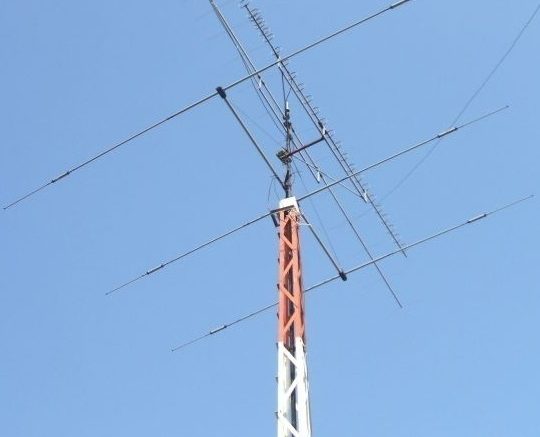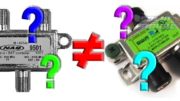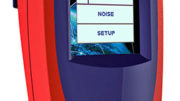Way back in the early days of TV, there were 13 channels. They were, in fact, channels 1 through 13. Channel 1 left the picture early on, and that’s an interesting story. While you’d think 12 channels of live TV would have been enough for those folks back then, the truth was a little more complex. Broadcasting was pretty rough back then, so the rule was you couldn’t have adjacent channels in adjacent cities. In other words, if New York City had channel 2, Hartford couldn’t have channel 2 or channel 3. This meant a confusing jigsaw puzzle of channel allocations. In densely populated areas like the Northeast, it meant there was only room for about 5 channels of live TV per city.
This is the reason that channels 14-83, collectively known as UHF, were opened up. This gave regulators plenty of space to open up new broadcast sources. Truth is, it was too much space. Over time, some of those channels were taken away. First it was other radio services, then radio astronomy, then cell phone signals that ate into the television broadcast allocation. Today, all TV broadcasting takes place on channels 2-36.
Well actually most of it takes place on 14-36.
It turns out that with digital broadcasting, people kind of like UHF. UHF antennas can be smaller than VHF antennas and easier to put up in densely populated areas with homeowner’s associations. That’s why even though you might think you still have channels 2, 4, 5, and 7 in your home market, most TV broadcasts take place on higher-numbered channels. An invisible system called PSIP is in every TV to make that translation for you. There are only one or two channels in most markets that broadcast on channels 7-13, and even fewer that broadcast on channels 2-6.
In order to get broadcasts on channels 2-6, you need a really big antenna. What’s more, those antennas are hard to find. There are only a few companies that make them, because they’re expensive, unpopular, and rarely needed. It’s even rarer that you’d need an antenna that ONLY gets VHF and not UHF. So, here are the two choices that I’d recommend if you feel you need a truly VHF-only antenna.
If you only need channels 7-13: Televes 106501

This Televes antenna is specificially designed to only pick up channels 7-13, which it does very well. If you need UHF as well as VHF, there are a number of options, including combining this antenna with another Televes product using an amplifier. It’s compact, easy to assemble, and while it won’t meet HOA requirements, its low profile means you may be able to get an exception from your HOA or condo board.
If you need channels 2-13: Xtreme Signal HD8200XL (possibly without UHF segments)

As far as I know, there are no antennas on the market to offer ONLY channels 2-13. However, there’s a workaround. You can use this excellent Xtreme Signal Antenna and simply not assemble the UHF portions. If you build this antenna with only the long horizontal segments and leave off the part that shows in the lower left corner of the above photo, this become a pure VHF antenna. Or, you can simply ignore the UHF channels if your setup allows it. With only the VHF elements installed, this becomes one of the most sensitive antennas ever made for pure VHF and it matches older antennas in quality.
Want to know more? Call us!
We’re here to answer your antenna questions during East Coast business hours! Just call 888-233-7563 and you’ll get an antenna expert in our Detroit area corporate offices. We’re here to help! If it’s after hours, that’s not a problem. Simply fill out the form below and we’ll get back to you, usually within one business day.





